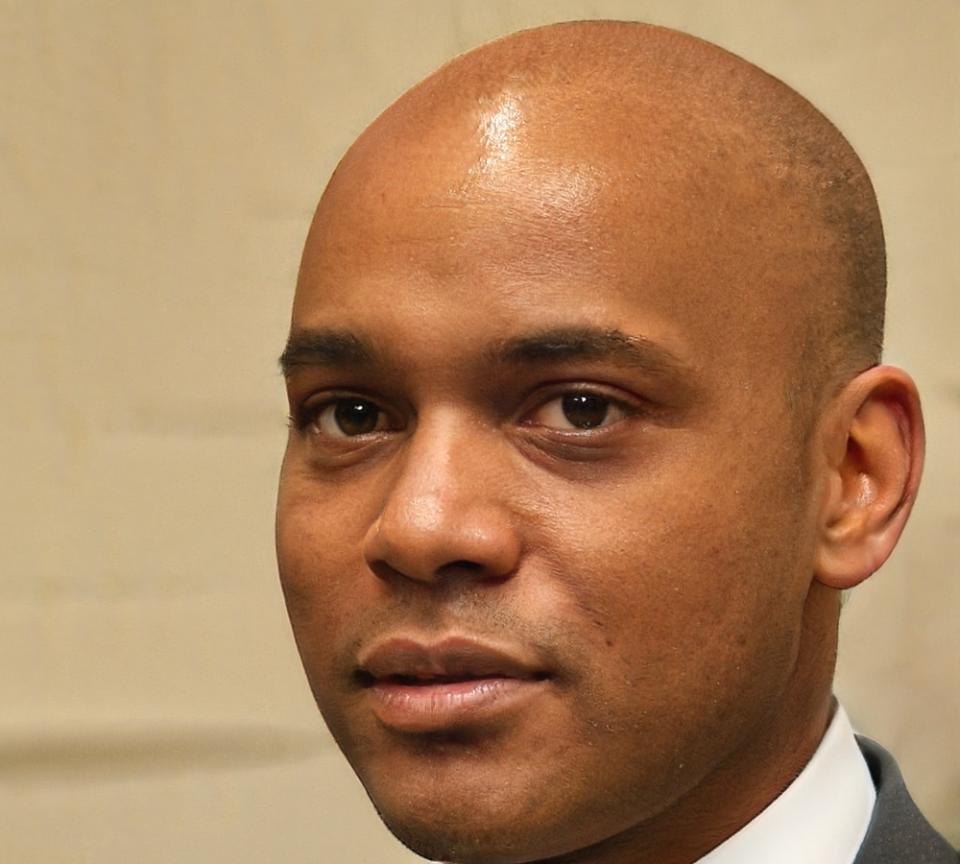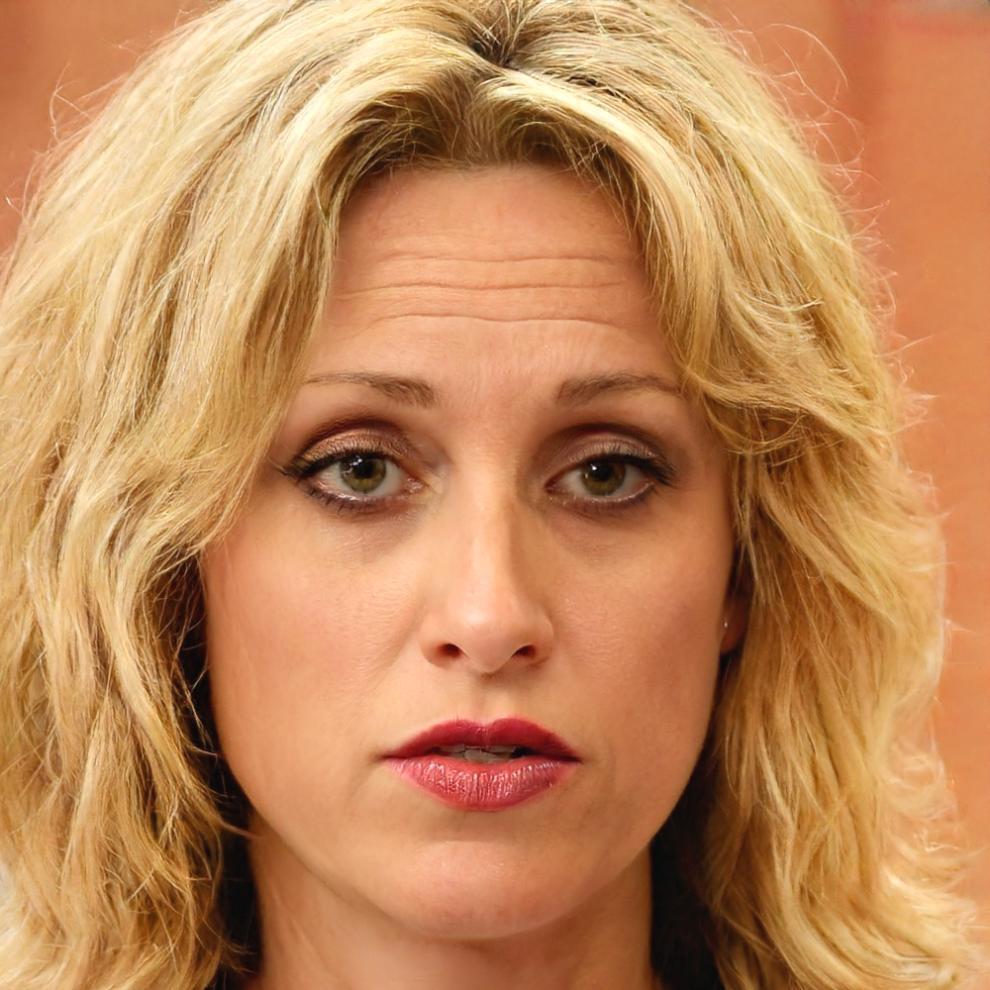Master Rolling Budget Techniques That Actually Work
Stop fighting with rigid annual budgets. Learn dynamic financial planning methods that adapt to real business changes and keep your cash flow stable throughout market shifts.
Explore Our Approach

Why Static Budgets Fail in 2025
Traditional annual budgets break down when suppliers change prices monthly, customer demand shifts quarterly, and economic conditions evolve faster than your planning cycle. Rolling budgets solve this by updating continuously.
- Quarterly forecast updates that reflect actual market conditions
- Variance analysis that helps predict cash flow gaps early
- Flexible spending categories that adjust to business seasonality
- Integration methods for existing accounting systems
- Risk assessment frameworks for uncertain economic periods
We've helped over 200 Thai businesses transition from rigid annual budgets to dynamic rolling systems. The average participant reduces budget variance by 40% within six months of implementation.
See Changes in Your First Quarter
Most participants notice improved cash flow visibility within 90 days. By month six, you'll have a robust system that adapts to market changes automatically and provides early warning signals for potential financial challenges.
Our clients typically implement their first rolling budget revision in week 8, start seeing clearer spending patterns by month 3, and develop full confidence in their new system by month 6.


Our Three-Phase Learning System
We break down rolling budget implementation into manageable phases. Each builds on the previous one, so you develop real expertise without overwhelming your current operations.
Foundation Analysis
Review your current budgeting process, identify pain points, and establish baseline metrics. We analyze your existing data patterns and seasonal trends to customize your rolling budget framework.
System Implementation
Build your rolling budget structure with proper forecasting intervals, variance tracking, and reporting formats. Learn to integrate new processes with your existing accounting workflows.
Optimization Mastery
Develop advanced techniques for scenario planning, risk assessment, and automated adjustments. Master the skills needed to maintain accurate forecasts during economic uncertainty.
Your Rolling Budget Journey
Here's what to expect during your first year of implementing dynamic budgeting techniques. Each phase builds practical skills you'll use immediately in your business.
Assessment
Analyze current budget gaps, establish rolling forecast intervals, and prepare your team for the transition process.
Implementation
Launch your first rolling budget cycle, integrate variance tracking, and develop monthly review procedures.
Refinement
Optimize forecasting accuracy, implement advanced scenarios, and develop automated adjustment triggers.
Mastery
Achieve full system integration, train internal staff, and develop long-term strategic forecasting capabilities.
Ready to Transform Your Financial Planning?
Our next comprehensive program begins in September 2025. Limited to 25 participants to ensure personalized attention and practical application opportunities.
Schedule Discovery Call
"Rolling budgets saved my manufacturing business during the 2024 supply chain disruptions. Instead of sticking to outdated annual projections, I could adjust monthly based on actual costs."
— Nareth Kamnuan, Manufacturing Owner

"The quarterly forecast updates helped us spot cash flow problems three months ahead of time. We adjusted inventory spending and avoided a major shortage."
— Siriporn Watanakul, Retail Chain CFO